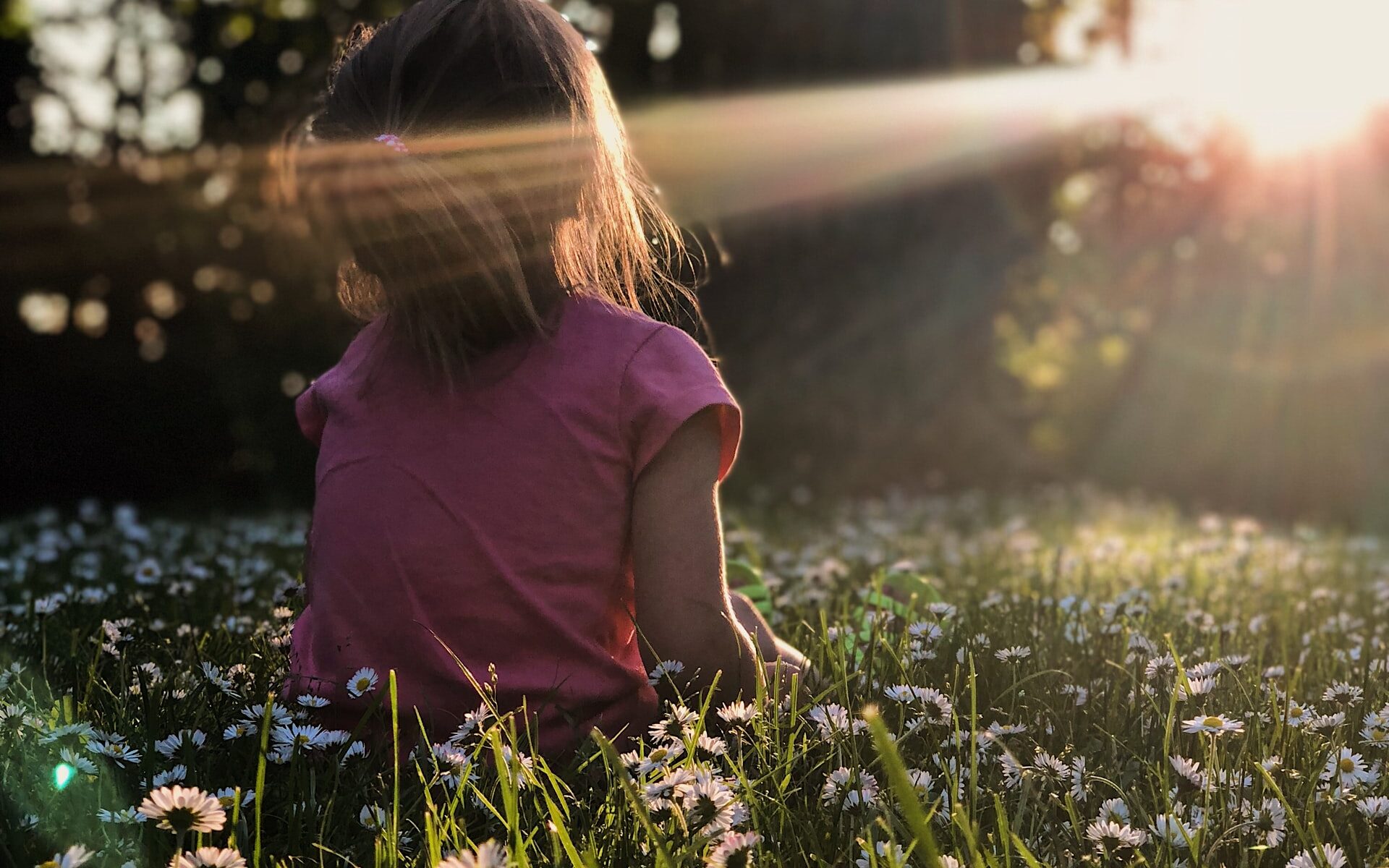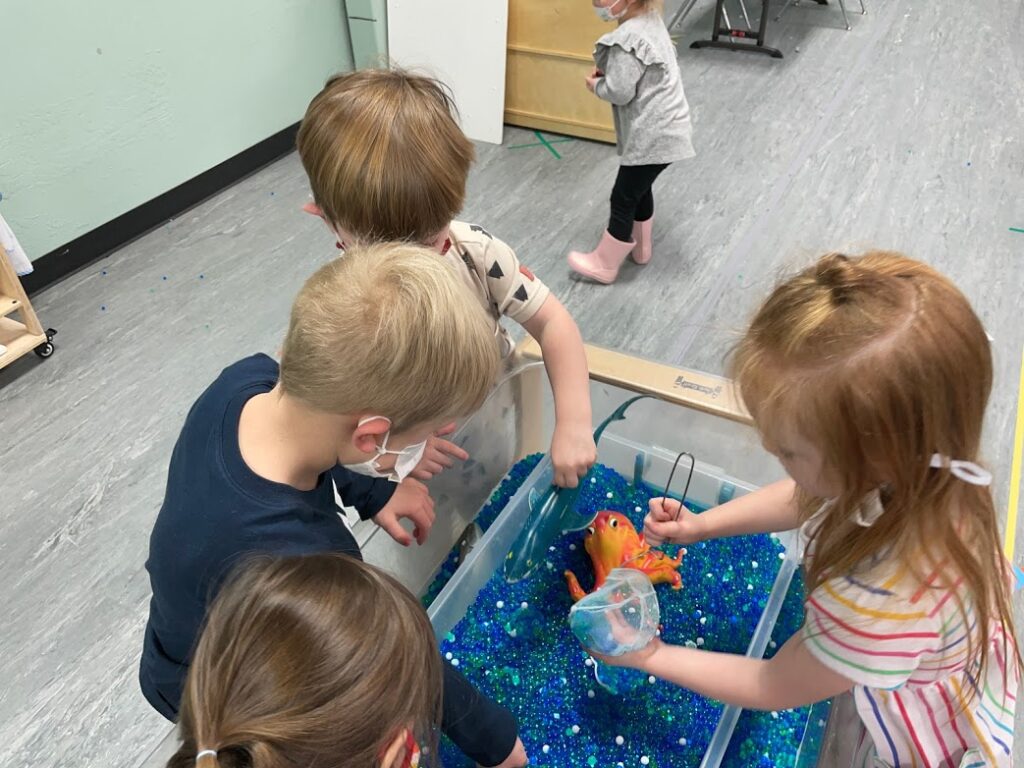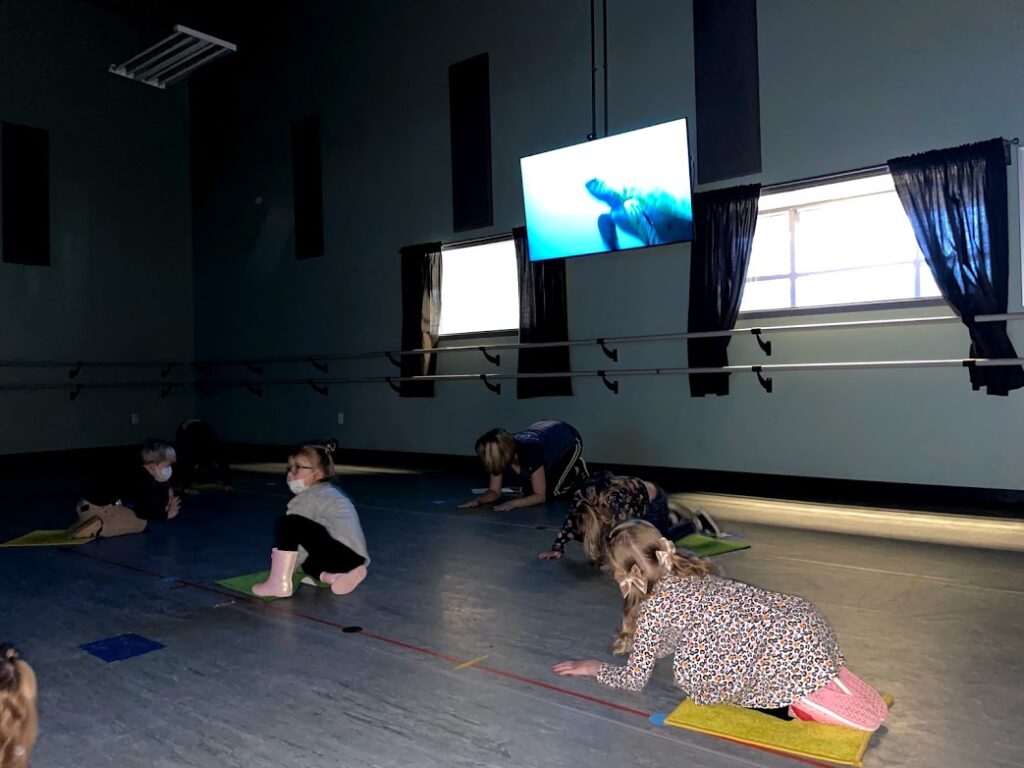Mindfulness is a trendy buzzword these days, but that doesn’t minimize its importance and effectiveness in emotional regulation. When it comes to mindfulness for preschoolers, what do we need to know? And how do we help children so young access the power of mindfulness?
Read on for both the benefits, and the how-to, of mindfulness for preschoolers.
Benefits of Mindfulness for Preschoolers
Think of mindfulness as a tool — it’s something you can reach for when you’re overwhelmed. By directing our attention to the present, we can better manage overwhelm and anxious feelings.
When preschoolers learn mindfulness techniques, they learn to focus their attention, strengthen resilience, and even self-soothe.
Some other helpful benefits of mindfulness for preschoolers include:
- Improved emotional regulation skills
- Greater calm in stressful situations
- An expanded ability to keep things in perspective
- Self-compassion, as children learn to treat their feelings with warmth and understanding
- Less shame
- Better physical and mental health
- An increase in kindness for others
- Self-control
- Better decision makingWe all want our children to develop these strengths, skills, and characteristics. Read on for how to teach mindfulness to preschoolers.
Model Mindfulness
As in nearly everything you want to teach your child, modeling is critical in teaching mindfulness to preschoolers. Why? You can’t teach something you don’t know. If you don’t understand mindfulness for yourself, the lessons for your child simply won’t sink in.
That’s why it’s important to develop your own capacity for mindfulness. Incorporate mindfulness into your own day, and not only will you reap the benefits for yourself, you’ll know better how to teach the practices to your child.
Don’t Expect Perfection
Mindfulness is a skill, and it will take time for your preschooler to learn to be more mindful. Recognize this, and understand your child is going to need you to co-regulate with them for a while. They will also need plenty of practice with the skills.
Follow this simple three-step process:
- Help your child understand their feelings as they experience them. You can do this by naming your child’s feelings without judgment. “You’re feeling frustrated that your baby sister drooled on your toy, aren’t you?” “You’re feeling excited that you get to go swimming today, aren’t you?”
- Demonstrate mindfulness skills, without expecting your child to do them. In this stage, you’re simply modeling. Let your child see you doing breathing exercises when you’re upset, calming your body, taking time to be still, and more.
- Guide your child through mindfulness techniques. (See below for ideas.) Practice these techniques when your child is calm, so there is no pressure. Then, when your child is dysregulated, invite them to use a technique along with you.Don’t force any part of this process. And don’t worry if it takes a long time for your child to use the techniques when they’re upset. Just keep naming feelings, modeling mindfulness, and gently guiding when your child allows it.
This is not an outcome-based approach. If your child doesn’t reach for their mindfulness techniques, nobody has failed. Just trust that this process will eventually give your child the tools they need to regulate their emotions.
Follow Your Child
Your child’s mood should be your barometer in how you approach mindfulness with them. Have a stash of mindfulness activities ready to go, and then choose the one that best fits the mood.
For example, you can have a calming corner where your child goes to calm down. Keep sensory activities and toys at the ready. You can also be prepared to co-regulate with a hug and soothing voice. And then, when your child needs calming, you can determine which of those techniques/tools will be most effective in the moment.
Use these techniques and tools throughout the day, even when your child isn’t upset, and it will be easier to use them in the tough moments.
18 Mindfulness Activities for Preschoolers
- Pause and notice how you’re feeling emotionally. (Do you feel happy? Excited? Sad? Gloomy?)
- Pause and notice how you’re feeling in your body. (Is your tummy full? Can you feel your heart? What does it feel like when you wiggle your toes? Take a breath and feel your belly and chest.)
- Pause and listen for one minute. What sounds did you hear?
- Think of the five senses: Name five things you see, four things you feel, three things you hear, two things you smell, and one thing you taste.
- Take a bite of food, and keep it in your mouth with your eyes closed. Describe what it feels like and what it tastes like. (Is it crunchy? Sweet? Slippery? Bitter?)
- List things you are grateful for.
- Try this breathing technique: Smell the rose (breathe in), blow out the candle (breathe out)
- Blow bubbles. (You can imagine this, or do it with real bubbles.) See how slowly you can do it (take a big, deep breath and blow slowly on the bubbles).
- Pick a muscle to squeeze for five seconds, and then slowly release it.
- Feel each other’s heartbeats. This is great for co-regulating.
- Go outside and look for different textures. Pick up rocks, leaves, sticks, and more, and describe how each one feels.
- When creating arts or crafts, describe what you see, feel, hear, and smell. (Probably best to leave taste out of this one!)
- Take a mindful walk. Pay attention to the five senses as you walk, and discuss them as you go.
- Turn routine activities into slow-motion activities. Washing hands, eating a snack, putting the flatware away. Describe the senses you’re noticing as you go.
- Let your child smell the spices and ingredients as you cook.
- Download a guided meditation to do together.
- Listen to music together. Talk about the instruments you hear and the feelings the music invokes.
- Learn yoga poses.
At UDA Creative Arts Preschool in Draper, Utah, we incorporate mindfulness into every day of learning. To learn more about how we teach, contact us online or give us a call at (801) 523-5930.



